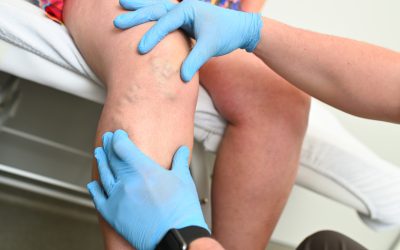PET (Positron Emission Tomography) scans are painless and noninvasive molecular image technologies that can help doctors determine who tissues and organs in the body are functioning on a cellular and molecular level. This type of tool is very powerful and can help people understand the reasons for disease, along with changing the way diseases are detected and treated.
How Does the PET scan Work
People with a disease have a different biochemistry because tissues and cells change. In many cancers, cells multiply quicker than healthy cells.
CT scans can also be performed on those with cancer, especially cancers of the bone or tissue, but PET scans will help the doctor see what is happening within the patient’s body. A tiny amount of radiotracers is injected into the body. These radiotracers have a radioactive element and sugar. The most popular type of radiotracer used is fluorodeoxyglucose (FDG), though others can be used.
The radiotracer will move through the body and be absorbed by the organ or tissues needing to be studied. The patient will then lie down on the examining table and will be moved to the center of the scanner. Because the PET scanner has a lot of detectors, it can measure metabolic activity and an attached computer will put the signals from the scanner into an image that doctors can use and study.
Who Needs These Scans
There are many people who could benefit from the PET scanning, because it can help with cancer, brain disorders and more.
Cancer can be found in the lungs, head, colon, neck, esophagus, breast, thyroid, cervix, pancreas and more using these scans. Because it is so important, the NOPR (National Oncologic PET Registry) actually documents all cases in which a PET scan has been used so that studies can be conducted as to how beneficial these scans actually are.
The scan itself can actually detect lesions and find out if they are malignant (bad) or benign (good). This virtually eliminates the need for a surgical biopsy and surgery is only required if the lesion is malignant. It will also be able to tell if chemotherapy and other treatments are working as they should be.
The scan could also detect Alzheimer’s disease, along with other memory problems, and this can help patients get the therapy and treatment they require in time to either repair or stop damage.
Those with medical problems may not understand what PET and CT scans in Riverhead, NY can do for them. Visit North Fork Radiology today to learn more.


